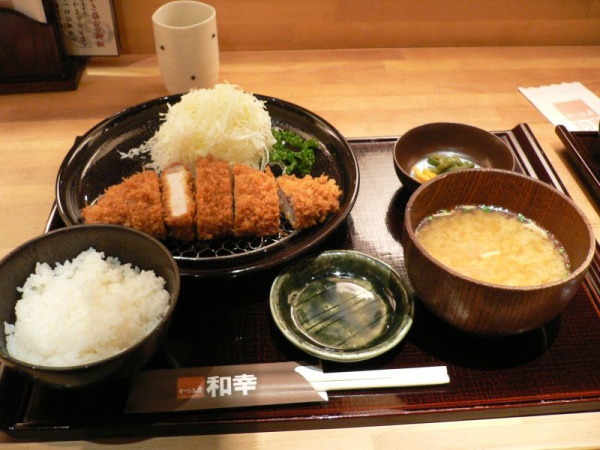Facts About Tonkatsu
Tonkatsu is a cherished Japanese dish that features a breaded, deep-fried pork cutlet, typically served with a tangy Japanese Worcestershire sauce, rice, and a fresh vegetable salad. The name "tonkatsu" combines the Japanese words "ton" meaning "pig" and "katsu" a shortened version of "katsuretsu" derived from the English word "cutlet."
This delectable dish has its origins in Japan, dating back to the 19th century. The pork version we know today was first created in 1899 at a Tokyo restaurant. To prepare tonkatsu, a pork fillet or loin is first dipped in egg, then coated with panko (Japanese bread crumbs), and finally deep-fried to perfection. It is usually served with shredded cabbage, tonkatsu sauce, mustard, and a side of rice.
Tonkatsu is not limited to just pork; there are several variations that use different meats. For example, katsu sando is a sandwich version, katsu kare is served with Japanese curry, and katsudon features the cutlet with egg on a bed of rice. You can also find tonkatsu made with chicken, beef, ham, or even minced meat.
This versatile dish has gained popularity worldwide, with each region putting its own spin on the classic recipe. Its widespread appeal is also evident in popular culture, where tonkatsu frequently appears in various media, capturing the hearts of food lovers everywhere.
